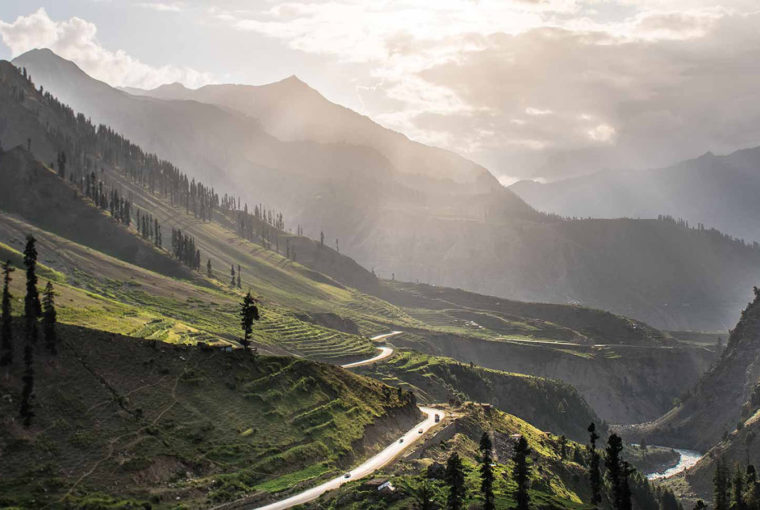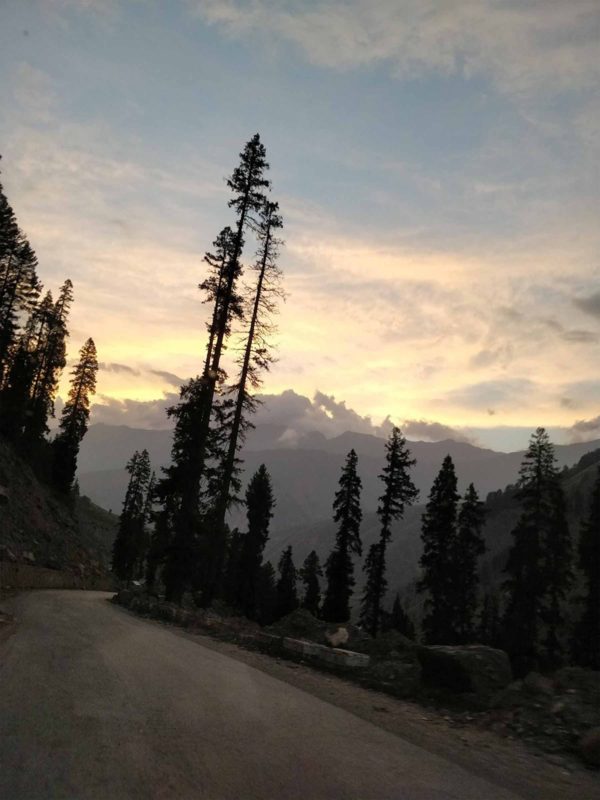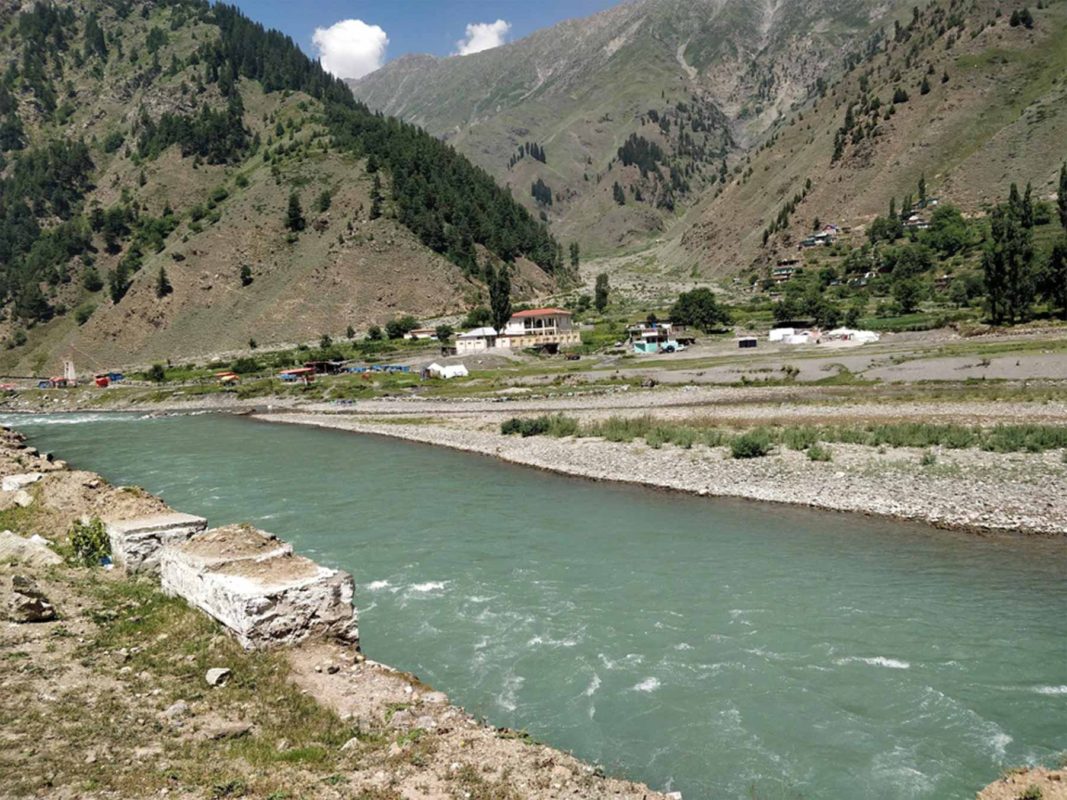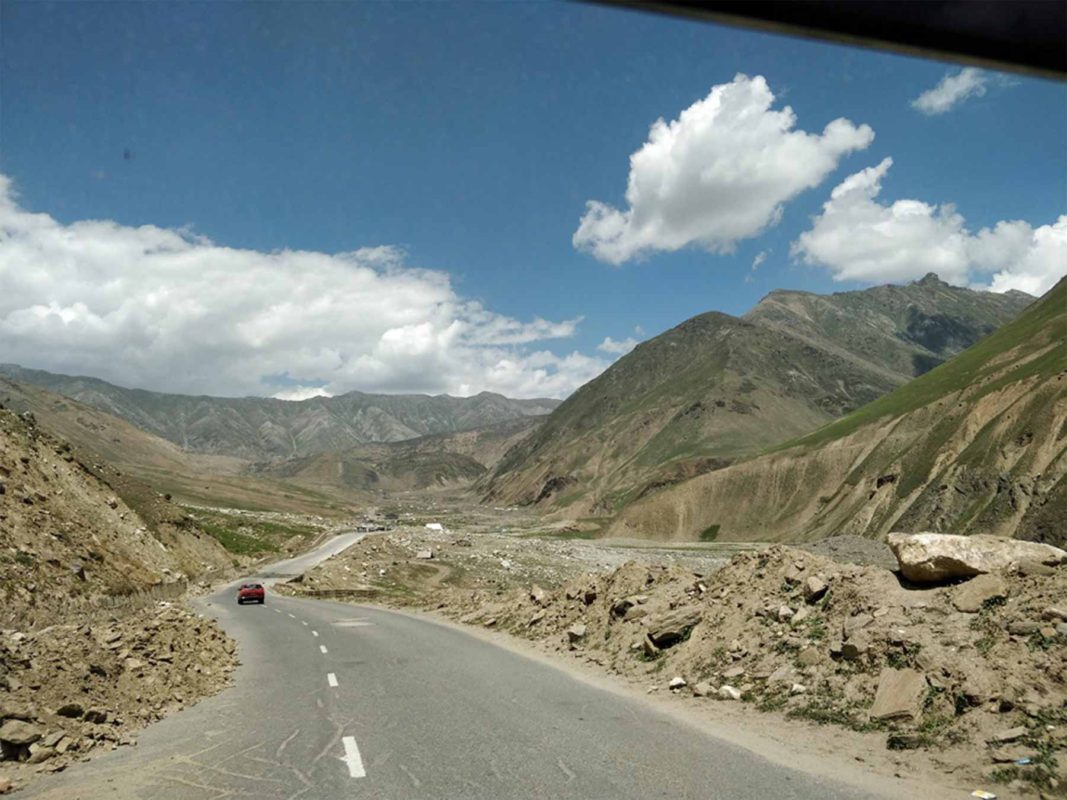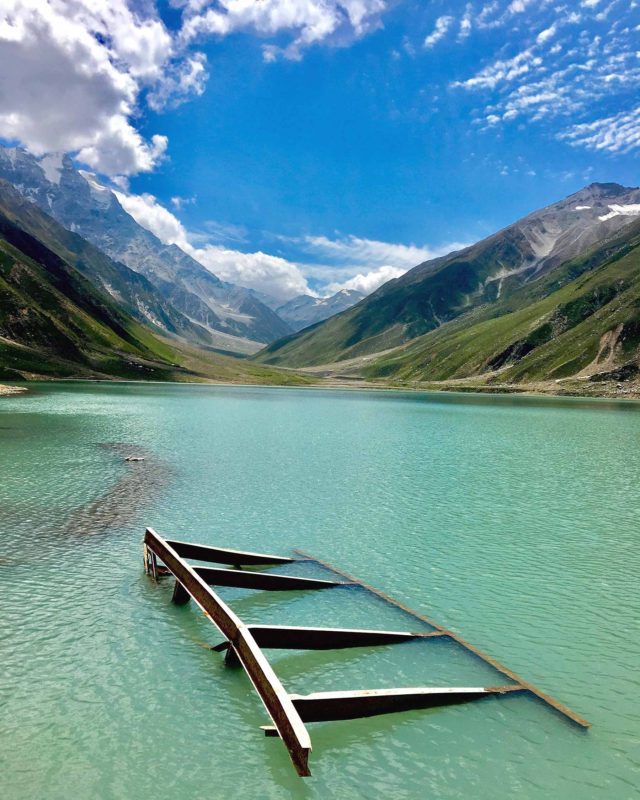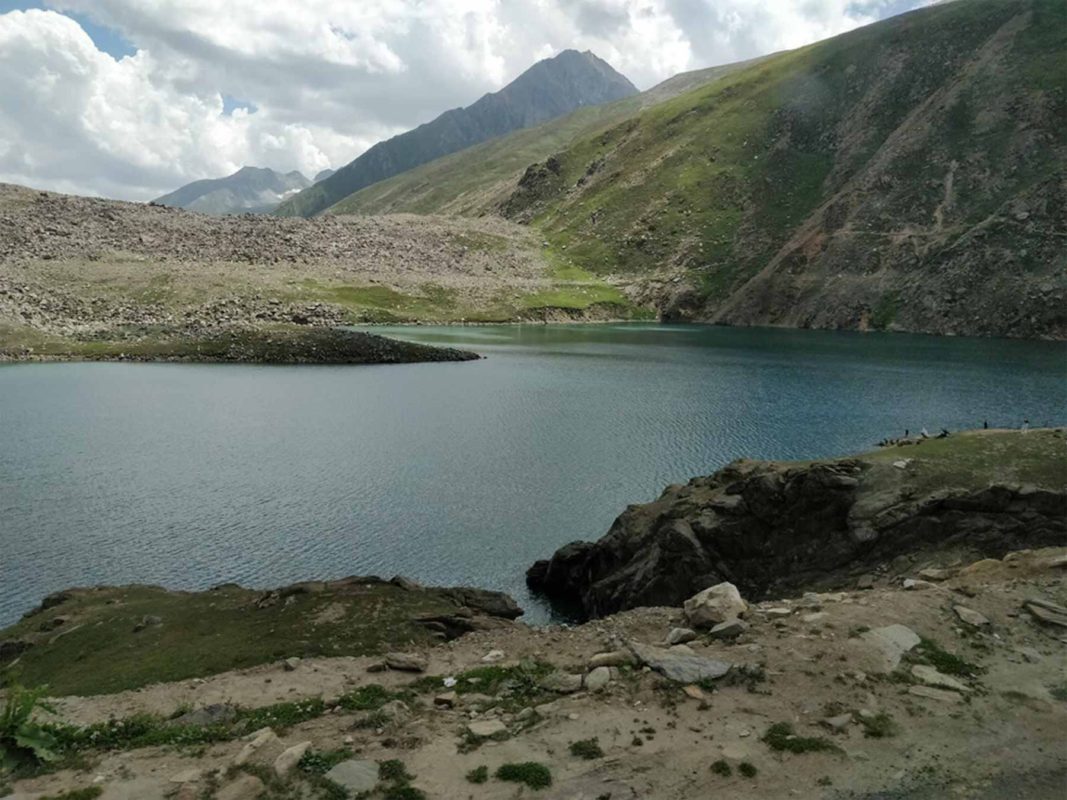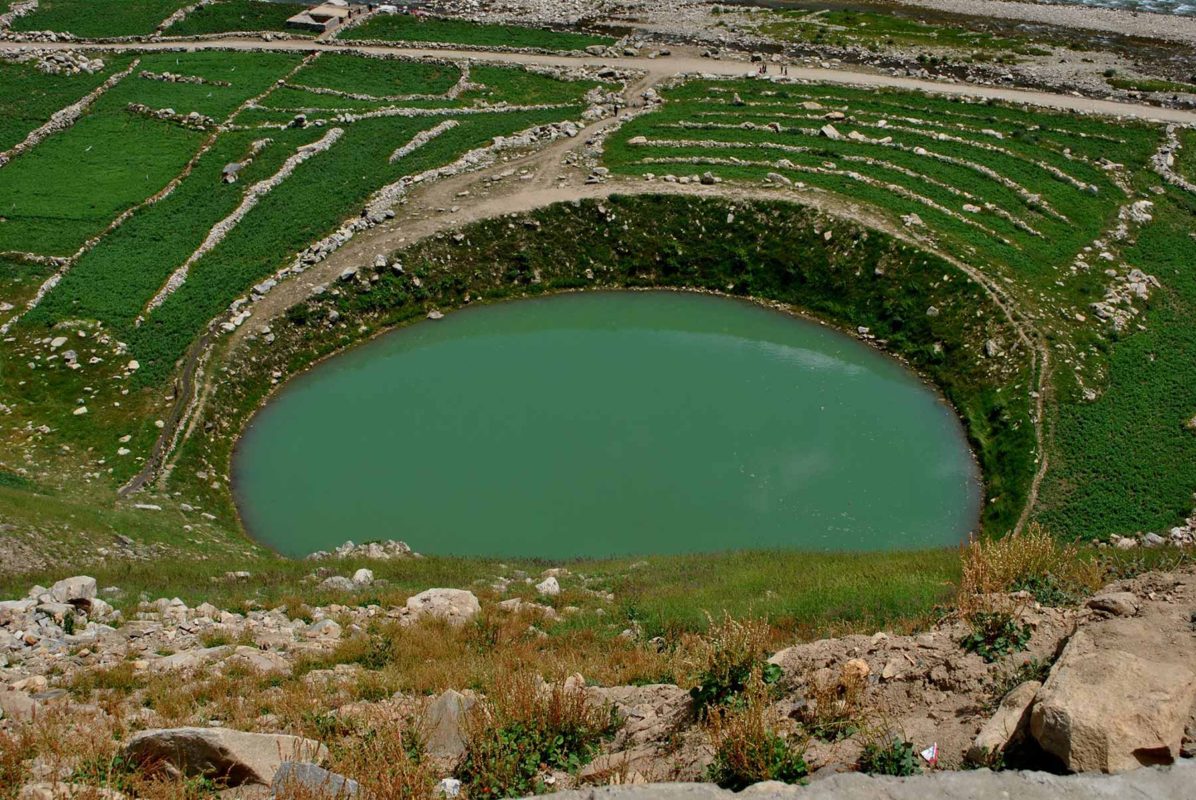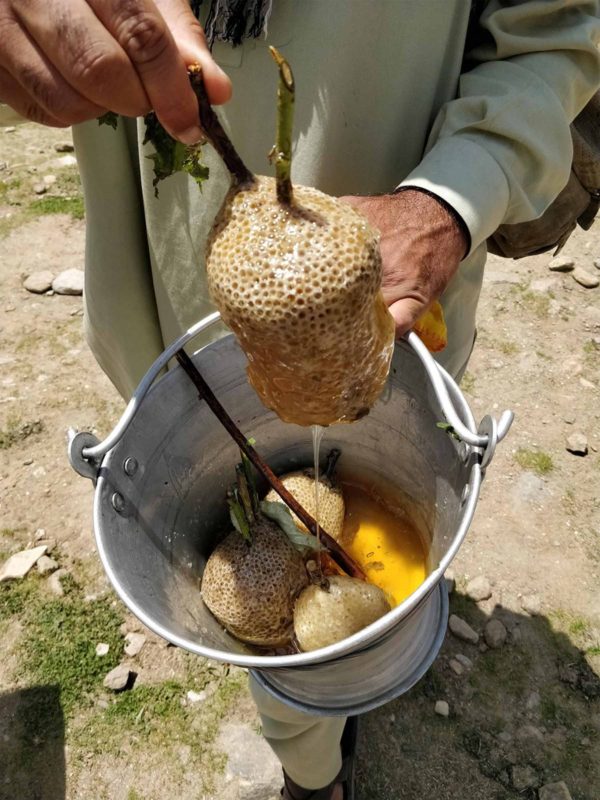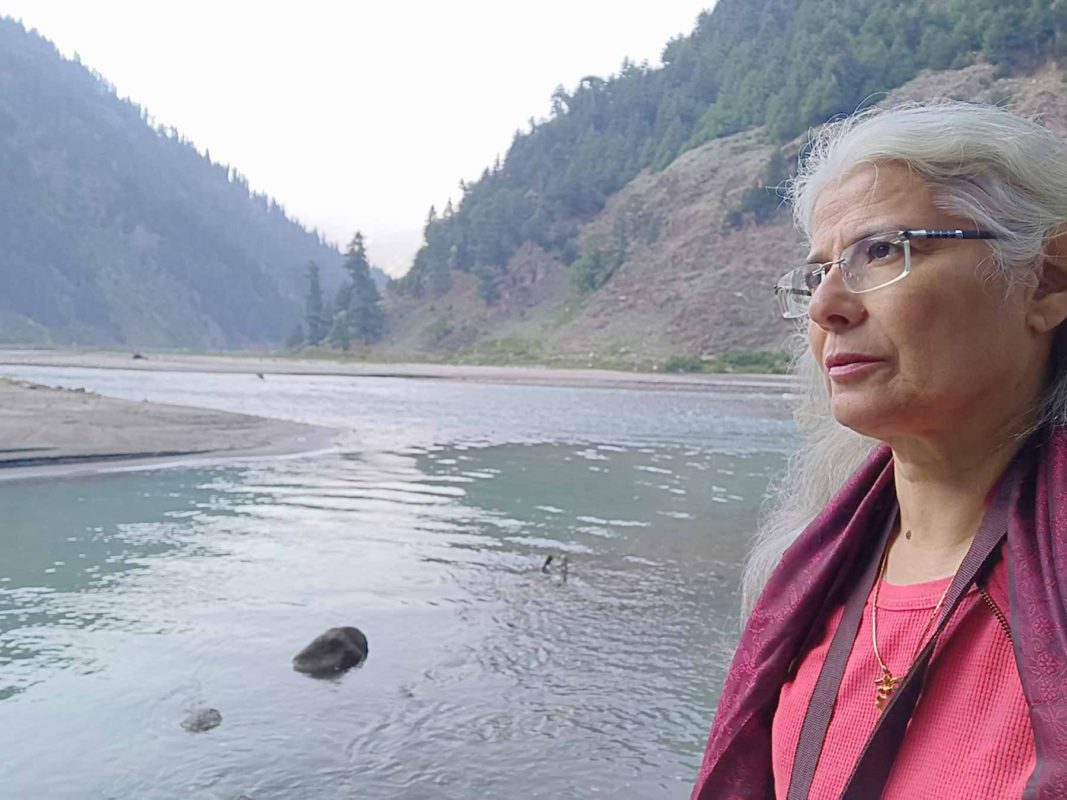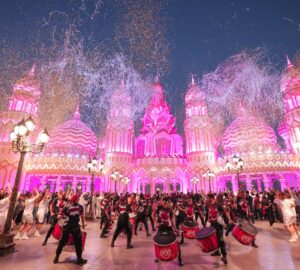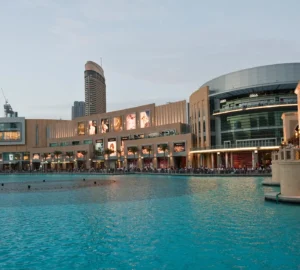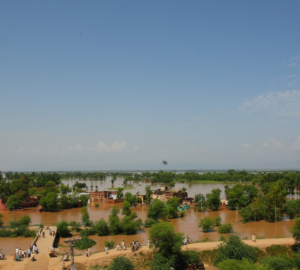Explorer and environmental activist Afia Salam pens an exquisite tale of Naran and the fairytale surrounding the magical Lake Saiful Muluk. As she describes the wonders of this land visited by fairies and princesses, she makes it accessible for those who have a yearning to go with detailed accounts of how to go, where to stay and what to expect. It comes highly recommended by the woman who has visited the furthest corners of the country.
My wanderlust has taken me to many parts of Pakistan, and I have loved them all! The deserts, the lush green plains, the coast from edge to edge, the mountains, from the tree-covered ones to the grand rocky ones to the mud mountains in Balochistan that look like the Lord of the Rings country.
Each landscape has its own allure, and captivates the imagination because of the diversity of nature at play, intertwined with the unique cultures of the people who inhabit these areas. They all have their tales and folklore, but few have had as wide ranging and captivating an effect as the one told about a beautiful serene lake in Kaghan, surrounded by mountains, across which was a fairyland, known as Koh-e-Qaf. And as the tale goes, the fairy princess used to come across from the mountain to swim in the lake with her friends, and appeared in the dreams of a prince, Saiful Muluk of Egypt, who fell in love and decided to look for her. The tale is about his travels that culminate at this lake, which of late has come to be identified by his name.
This mythical tale has captured the imagination of many who travel to this beautiful lake located at about 10,000 ft above sea level, nestled in the middle of mountains and fed by glaciers, near the city of Naran. The almost half-hour bumpy jeep ride does not deter tourists, though the more adventurous set off on foot to trek to this scenic spot. However, nothing, not even the majestic mountainside, really prepares one for the sight of the spectacular turquoise jewel that nestles in their midst.
There was a time when a trip to Naran was an adventure and a half, because of the terrain and the resulting difficulty in access. Visitors on their return would regale those who had not been with stories of slithering across glaciers that straddled the path of their jeeps as the sturdy vehicles would make their slippery way across them. The journey from the capital city of Islamabad used to take around ten hours or more, depending on the condition of the road, the gumption of the driver and the adventurous spirit of the passengers.
Thankfully, that is no longer the case. The excellent road takes you from Islamabad to Naran, even with a pit-stop for lunch at one of the roadside dhabas (food joints) selling local fare or the more comfortable restaurants in cities like Balakot, Mansehra and Abbottabad, in just about 6 hours. This again depends on the season, as rains in the summer and snow in the winter can hinder the progress.
Credit must be given to the National Highway Authority which has made this part of the country accessible to people who prefer the comfortable ride in vehicles that can traverse ordinary urban roads. The entire area is prone to landslides, not just due to the massive deforestation that has taken place along the mountain slopes, but also due to its geology and gravity. The NHA teams scout the road for spots from where rocks have to be removed and where potholes resulting from massive rockfall have to be repaired.
From an environmental point of view, what is alarming is that there are no longer any glaciers straddling the roads. One does come across stunning waterfalls gushing down the mountains, flowing off the road to join the Kunhar River that runs through the valley, but the glaciers are now on the side of the roads, and are being commercially exploited by cold-drink vendors who either hack off chunks of ice, or carve ‘shelves’ on its side to stack cold drinks. The sight may be colourful, and serve as a tourist attraction, but is ecologically damaging.
One enters the Naran valley after crossing Balakot, the city that was almost completely destroyed in the aftermath of the devastating earthquake of 2005. The twists and turns along the road offer breath-taking vistas of mountains, terraced fields, the raging river tumbling over boulders and rocks, and running down a winding path, in places at level with the road, while in others, deep in its valley. There are many scenic spots where mini resorts or guesthouses and restaurants have sprung up for those wanting to break their journey. However, one is taken aback at the recent density of these places. As soon as one enters Naran, there are multi-storied hotels, small campsites, fiberglass ‘pods’ and other tourist service structures and parking lots teeming with transportation options to go further to the parts of Naran where four wheelers would be required.
There is a wide array of choices of the type of residential and transportation facilities to suit every pocket, though the transport rates to some of the more popular spots have been fixed by the municipal administration. For accommodation too, there is a whole range of options – from sprawling resorts to other private as well as government run PTDC (Pakistan Tourism Development Corporation) rest-houses, offering varying degrees of comfort and luxury.
Naran town is a bustling tourist centre with all kinds of eateries catering to the palate of visitors from all parts, and of all ages. The shops are stocked with all kinds of goods, especially from China so there is plenty to do in the bustling bazaar.
Those looking for adventures of a different kind, and wanting an experience far from the madding crowd, usually head out of the city of Naran to the smaller towns of Jhalkhad, Batakundi, taking a peek at the Piyala Lake which looks like a marvel of human engineering but is actually a natural, almost-perfect circle, to the stunning Lulusar lake and the rolling meadows of Gitti Das, past the unique indigenous houses atop the hills and mountains, sometimes completely merging with the terrain, past Pakistan’s second largest Juniper forest after Ziarat in Balochistan, right up to Babusar top, the highest point in Pakistan. The panoramic view of the road leading to Chilas on one side and to Kaghan on the other is absolutely breath-taking.
There are public conveniences available, on nominal payment, from the very basic to fairly reasonable ones. Local fare ranging from all kinds of dry fruit to salajeet, a black mineral/stone sought for its health and aphrodisiac qualities, and honey is abundantly available. It is quite another thing that one seller will wait till the other has given his sales pitch of his fare being the ‘purest’ and best for health, before coming up to tell you that that one was fake and he has the ‘real thing.’ Some even go to the extent of carrying the entire hive to try and convince you.
This time for a time out, head to Naran. Go rafting on the Kunhar River, but do NOT attempt to swim as it has been known to be unkind. Enjoy the bustling bazaars, feast on the mouth-watering fare, haggle over prices, pick out exquisite handicrafts or strike a bargain for a ‘made in China’ gadget. Oh and if you do not have a selfie stick to record your memories of the trip, never fear, every second vendor will be selling them! If want to be at one with nature, there are so many spots where you can just sit and let your mind wander, marvelling at the idyllic scene unfolding before your eyes.
But here’s the thing: Whatever you do, please be kind to this fragile valley. The romantic story of the human prince and his fairy princess that draws one to Lake Saiful Muluk does not prepare one for the rude shock when one climbs up the mountain to the spot where the descent to the lake starts. No longer is it idyllic. The rampant commercialism of innumerable jeeps clogging the access path, and the bazaar that has sprung up on the way down not only takes away from the romance, but also results in mounds of trash that has spoilt its pristine shores.
Relative ease of access has come at a heavy cost of its environment, and the waste collection efforts there are overwhelmed by the sheer number of visitors, and commercial activity. This is something the authorities need to take into account to preserve the beauty of the place. The same goes for Lulusar Lake and Babusar top. If you want to share this idyllic view with future generations, please be mindful; do not litter and show respect for nature while enjoying it. That is the only way to preserve the picturesque view of Naran and the fairytale surrounding it.


